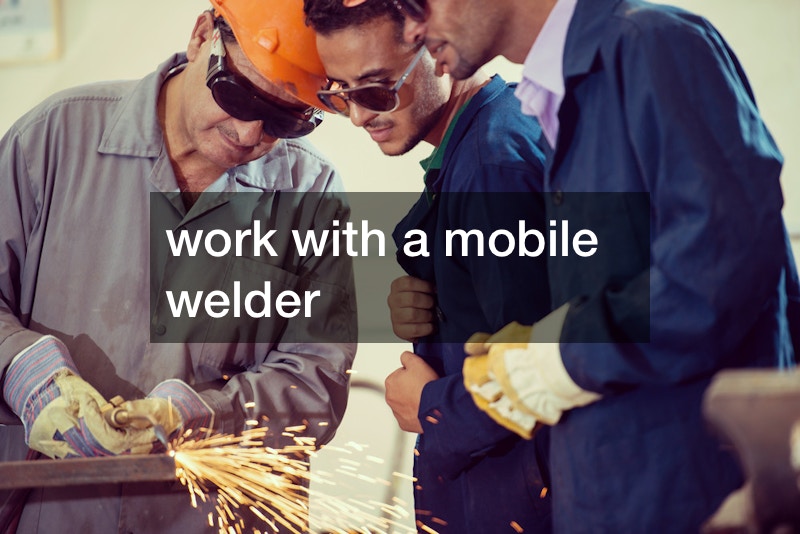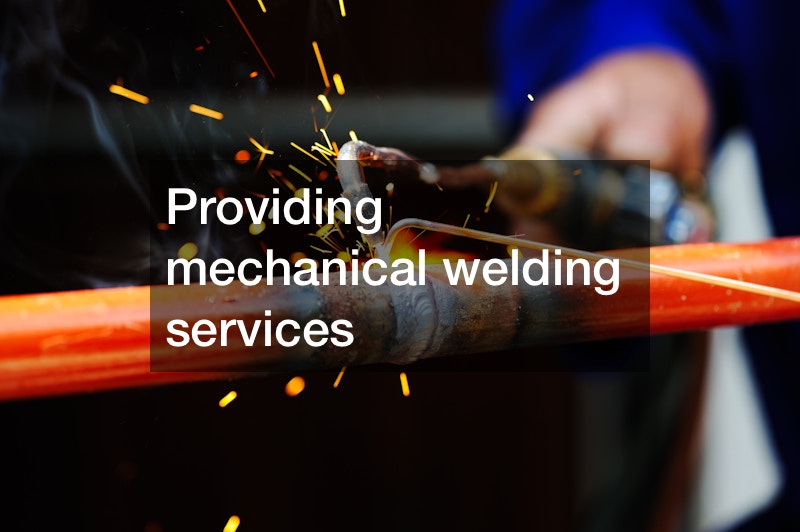If you provide a welding service, it’s important to be a smart welder and do all you can to make sure you practice safety. This may not call for you to become a pro welder, but you do need to pay attention to the details and ensure you’re informed on improvements in the industry you can leverage. These can be found on various welding information websites, and they need not just be those that focus on how to make more money out of your trade.
They should also share how you can maximize safety and ensure you’ll keep everything in control or have remedies in case something gets out of hand. You can search for information on the internet, and you’re sure to learn a lot more than you know. For instance, doing a search for “how hot do welders get?” will give you a lot of information you may not have had previously.
Doing research can help you figure out how to go about welding safely in terms of your own health. It can also help you understand the importance of details like ventilation and more. In the end, you may get a lot more satisfaction out of this in-demand trade.
When you work with a mobile welder, you’re providing a portable, custom, on-site welding solution to your customers for a fraction of the cost of maintaining their crews. As a provider of specialist services, you create incredible value and bring all the custom welding machines when your customers need them. Providing mechanical welding services is an important safety opportunity for your customers – and for yourself. You have a responsibility to your customers, to your company, and to yourself, though, to do the job safely and protect your eyes, your face, and your hair from the intense heat of your welder, whether it’s a torch or an arc.

Here we discuss steps for safety, steel preparation, and equipment preparation for smart welder, power box welder, and torch welder operations. With steel as one of the most used alloys in the world, your welding skills in joining steel plates will always be in demand – and so will you be, as long as you follow a few simple rules rooted in the same principle: Respect for your body, respect for your machines, and respect for the unyielding, hard material you’re working with. Steel can be sharp, heavy, and hot, so protect yourself.
Steel is one of the most used alloys in the world. A combination of both iron and carbon, it is utilized in most structural engineering due to its high tensile strength and low cost. With a tensile strength of 580 megapascals (Mpa) and a yield strenght of 260 Mpa, steel is a reliable alloy for most all industrial uses. Over 1.6 million tonnes (3.5 billion pounds) of steel were globally produced in just 2016. The U.S. is one of the largest steel suppliers in the world, employing over 142,000 people.
Beyond those producing steel, there are those people that are working with steel on a daily basis. In particular, welders a often working with steel whether for industrial projects, machinery, or automobiles. For anyone working as a welder or welding cold rolled steel or steel sheet pile for the first time, there are some primary tips that can make the process easier, ensuring that the job is done both safely and correctly from the start.
Safety, Safety, Safety
When working with welding steel sheet pile or steel sheet piling, it is important that you are taking all measures of precaution. Because of the caution that comes with welding, there are a few things you want to ensure: wear leather clothing to protect your extremities (shoes, boots, gloves), wear a flame-resistant smock or jacket, remove all flammable materials from the area where you are welding, and, most importantly, wear safety glasses or a skull cap, protecting both your eyes and face from any damage that could be caused by the flame.
Preparation of Steel
Steel sheet piles will not be properly prepped for welding from the start. To ensure that you have a clean, safe surface to work with, you will want to grind/clean the top of the sheet before beginning your work. This is the best means to ensure that all dirt, rust and oil is removed from the surface of the steel sheet pile, ensuring you have clean connections and clean metal.
Preparation of Equipment
Before even beginning to weld, you want to make sure that all of your equipment is in working order and checked for. This is one of the best ways to ensure that you are keeping safety in mind, reducing any and all possibilities for issues. Here are some of the basics you’ll want to check and set: welding cables, gas flow, tension, and welding materials.
Wire and Gas Selection
There are two types of both gas and wires that can be used when working with steel sheet pile, of which will depend upon the type of welding required. The two types of wires for use are the ER70S-3 (all-purpose welding) and ER70S-6 (welding on dirty/rusty steel); gas types go between a 75% argon and 25% CO2 blend (all purpose welding) and 100% CO2 (deeper welding with more abrasion).
Position for Welding
The position for which you’ll be welding your steel sheet pile will depend upon the ease of welding as well as the position that is required (dependent upon the project). The types of positions are as follows: flat, horizontal, vertical and overhead. Each has their own types of techniques required, dependent upon speed, bead size, and more. As with everything else, you should ensure that you are working under the safest conditions and precautions possible, keeping a keen eye on your work and using the necessary protective gear.





